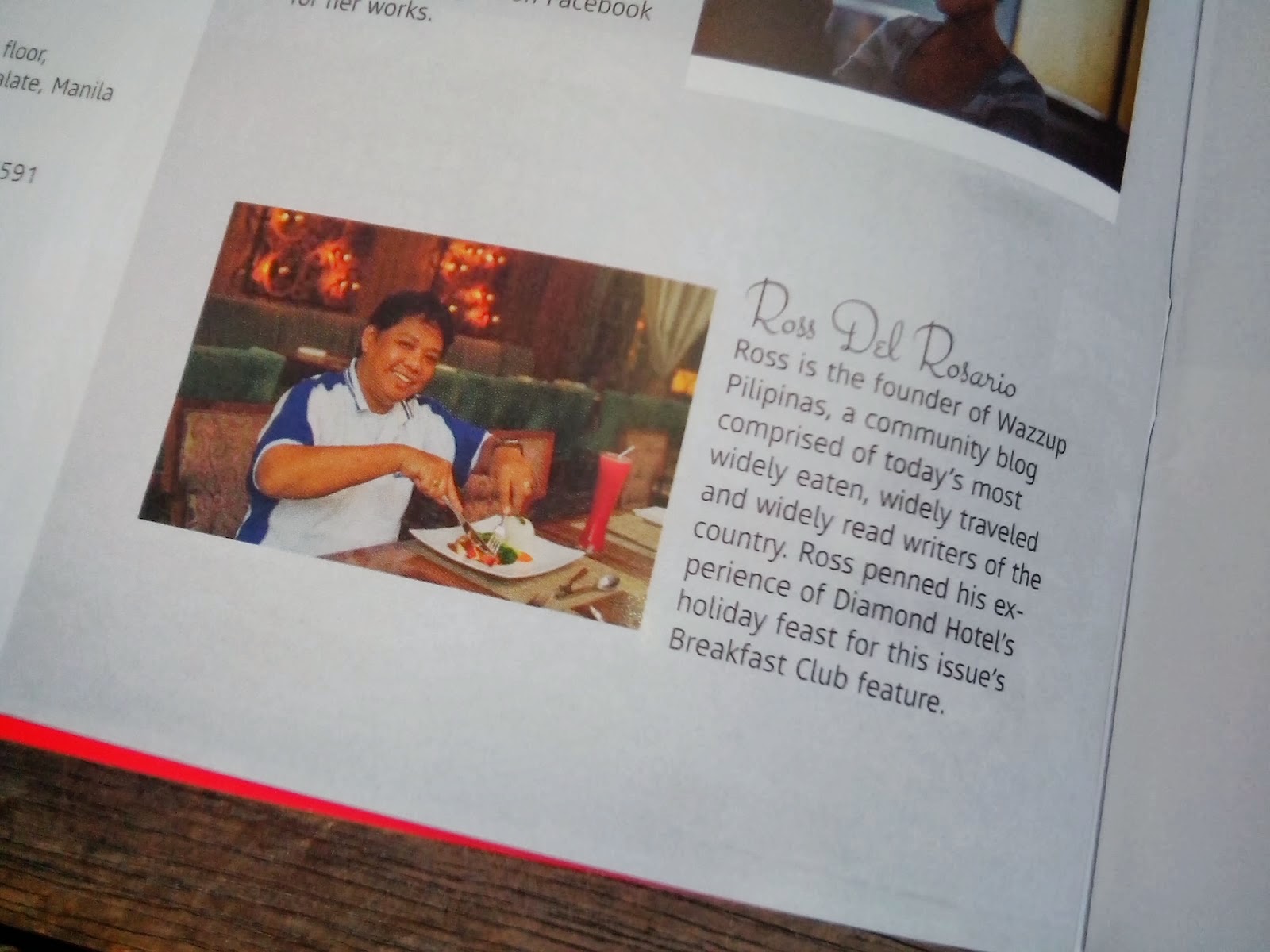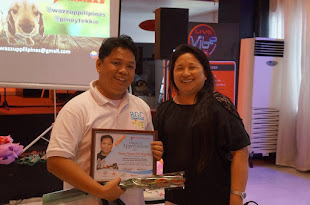Wazzup Pilipinas!?
In this world struggling with climate change, natural disasters, and the relentless pursuit of sustainable development, the quest for safe and accessible drinking water remains paramount.
Every year, the Philippines experiences an average of more than 20 typhoons and it has become stronger, more lethal, and more devastating. Access to safe drinking water during these kinds of emergencies or calamities is critical for public health.
This is where the SafeWaTrS Mobile Water Disinfection System enters the scene, a groundbreaking invention that pledged to revolutionize water treatment in disaster-stricken communities and rural areas worldwide. Developed by a team led by Engr. Prima Joy F. Margarito, this innovative system is compact, mobile, and energy self-sufficient, offering a lifeline to those in need.
The Ingenious Solution
The SafeWaTrS Mobile Water Disinfection System represents a paradigm shift in water treatment technology. Unlike traditional systems tethered to fixed infrastructure and reliant on electricity, SafeWaTrS is a beacon of versatility and resilience. Powered by solar energy, it can operate even in the most remote or resource-constrained environments, providing a lifeline during calamities, emergencies, or disruptions in water supply. “Our invention makes dirty water clean and safe to drink”, Engr. Prima Margarito answered when asked about how the invention works using layman’s terms, she said that it has three main parts – the chemical treatment system; the post-filtration system; and the solar power system.
The chemical treatment system cleans the water using the chemicals to make pollutants clump together. Think of it like gathering dirt into big clumps so they can be easily removed. After the chemical treatment, the water goes through the post-filtration system equipped with three different filters to remove the remaining particles. There's also an activated carbon filter to remove the smell and color. For sterilization, a UV sterilizer is used, which is very effective at killing germs without using chemicals.
The invention runs on solar energy, which means it is powered by sunlight. This makes it eco-friendly and able to operate even in areas without electricity. This compact system is designed for simplicity, allowing ordinary individuals to operate it with ease. Its batch-type operation can produce up to 170 liters of safe drinking water per cycle, ensuring a steady supply for communities in need. What sets SafeWaTrS apart from the others is its mobility; outfitted with the material of castor wheels, it can be swiftly transported to areas where it is most needed, delivering hope and relief to those facing water scarcity
Addressing a Global Challenge
The significance of the SafeWaTrS Mobile Water Disinfection System extends far beyond its innovative design. It tackles head-on the pressing issue of water scarcity during disasters, strong typhoons, and in rural areas plagued by contamination or disruptions in supply, providing access to safe drinking water, not only meets the immediate needs of communities but also contributes to the attainment of Sustainable Development Goal 6: Ensure access to water and sanitation for all.
The technology has been tested using flood water, surface water, and groundwater to produce drinking water conforming to the standard parameters prescribed in the Philippine National Standards for Drinking Water (PNSDW) of 2017, including heavy metals.
The Visionary Inventors
At the helm of this groundbreaking invention is Engr. Prima Joy F. Margarito, a Senior Science Research Specialist at the DOST-Industrial Technology Development Institute. With a background in Chemical Engineering and expertise in water and wastewater treatment, Engr. Margarito embodies the spirit of innovation and dedication to societal impact. Alongside a team of brilliant minds, including Rochelle L. Retamar, Dante C. Vergara, Reynaldo L. Esguerra, Rodelma D. Perez, and Reymundo K. Adan, Engr. Margarito has spearheaded the development of a technology poised to reshape the landscape of water treatment. During the Research & Development phase, they conducted several experiments to determine the most cost-effective and efficient chemical for treating flood or contaminated water. ”I vividly remember spending countless hours reading journals to compile a shortlist of chemicals, particularly those effective in removing heavy metals. In a collaborative brainstorming session with my teammates, we finalized the list considering its availability in the local market. Subsequently, we conducted experiments together to determine the optimum dosage and pH, laying the foundation for our prototype”, said Engr. Margarito, as she remembers the struggles they experienced in building the system.
Leveraging the diverse expertise of their team members, they have come up with a prototype powered by solar energy. The moment of truth arrived when they tested their prototype with floodwater, and the results were incredibly fascinating.
Paving the Way for a Brighter Future
As the SafeWaTrS Mobile Water Disinfection System gains traction, Engr. Margarito envisions a future where clean water is not a luxury but a fundamental human right. With patents filed and funds secured, the path to market readiness is clear. The journey, however, does not end there.
Engr. Margarito's legacy as an inventor and researcher lies in her commitment to driving positive change and inspiring a new generation of innovators. Through collaboration, sustainability, and unwavering dedication, she aims to shape a future where innovative solutions address the most pressing challenges facing humanity.
“Seeing the smiles on people's faces as they benefited from our technology was truly heartwarming. Hearing their gratitude and knowing that our invention provided them with a source of potable water was a testament to the significant impact our technology had on their lives”, as Engr. Margarito recalls the satisfying moment on one of their deployment activities in the Philippines.
In a world teetering on the brink of uncertainty, the SafeWaTrS Mobile Water Disinfection System stands as a beacon of hope—a testament to the power of ingenuity in overcoming adversity and forging a path toward a brighter tomorrow. As communities around the globe face ever-increasing threats from climate change and natural disasters, Engr. Prima Joy F. Margarito and her team offer not just a solution, but also a lifeline—a promise of safe water for all, today and for generations to come.
** This feature is a part of the "Shape the Future" campaign, highlighting nine Philippine inventions featured in the 49th International Exhibition of Inventions Geneva (IEIG) on April 17-21, 2023. Competing for gold awards, these innovations also aim to promote local technologies for potential international technology transfer and commercialization.
By Matt Jerome Casequin
Photos Courtesy: DOST- Industrial Technology Development Institute





















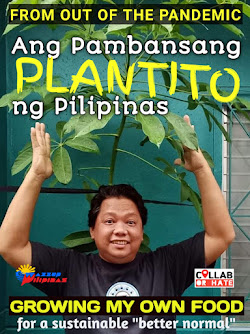




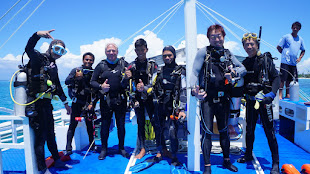
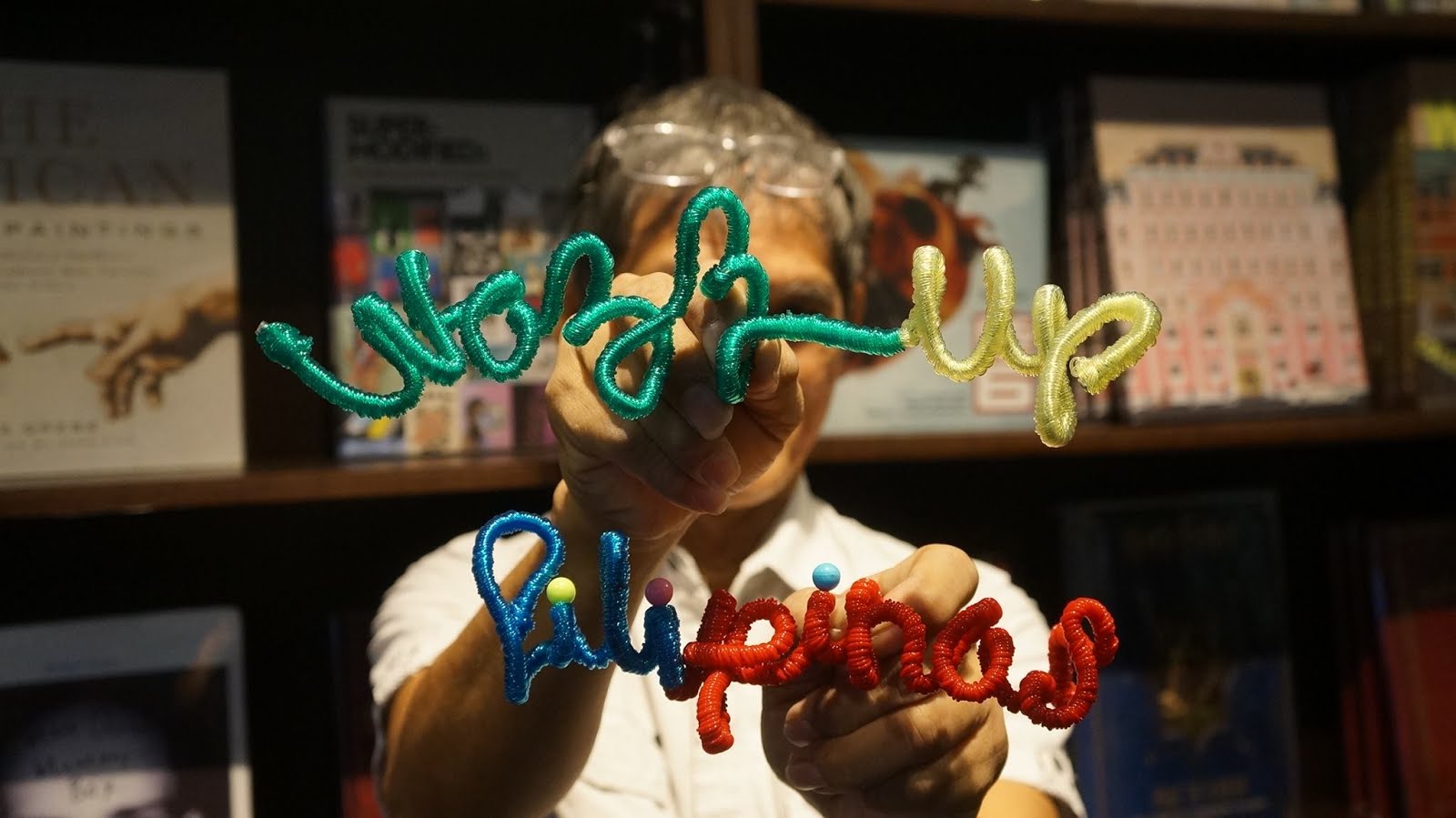
 Ross is known as the Pambansang Blogger ng Pilipinas - An Information and Communication Technology (ICT) Professional by profession and a Social Media Evangelist by heart.
Ross is known as the Pambansang Blogger ng Pilipinas - An Information and Communication Technology (ICT) Professional by profession and a Social Media Evangelist by heart.
